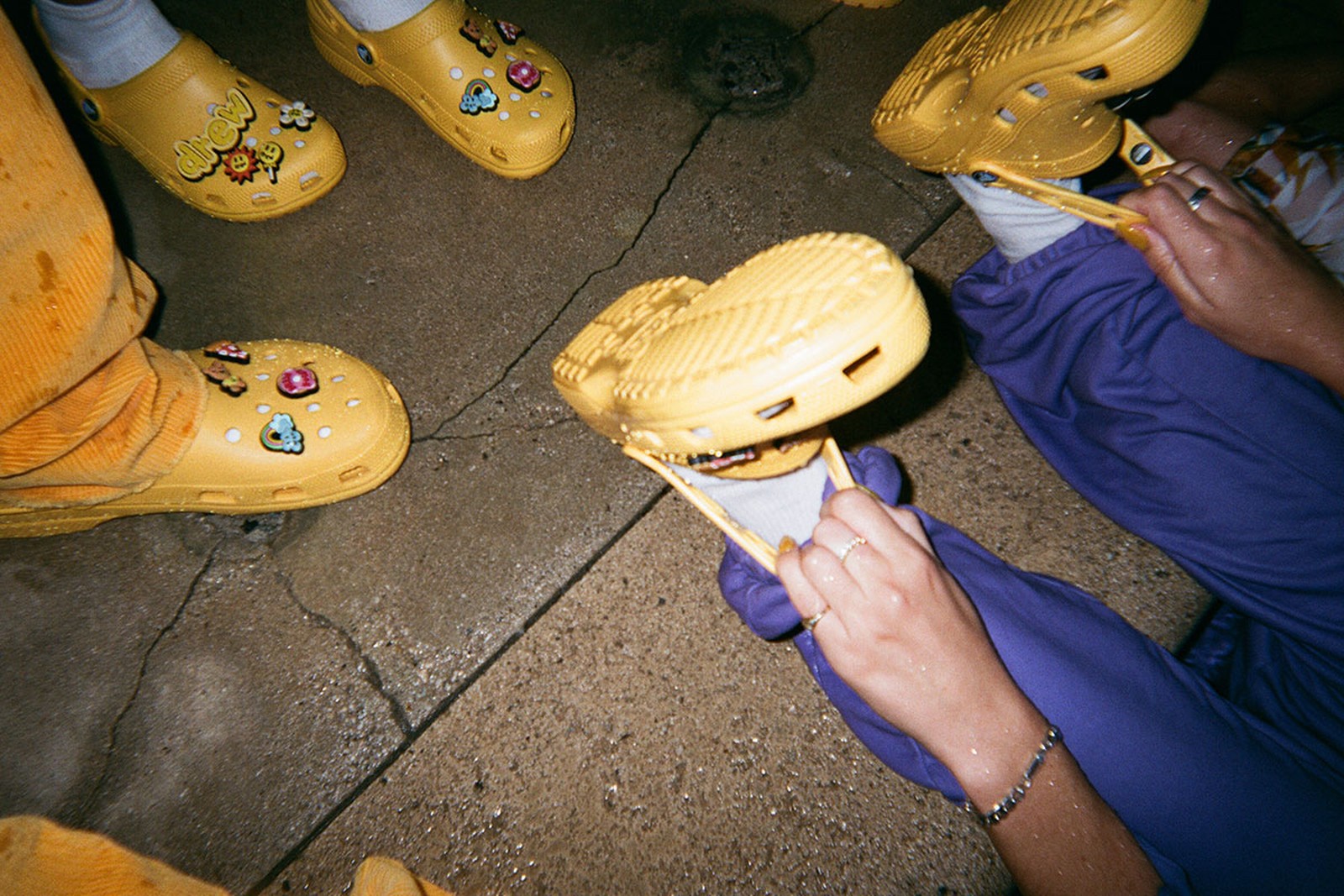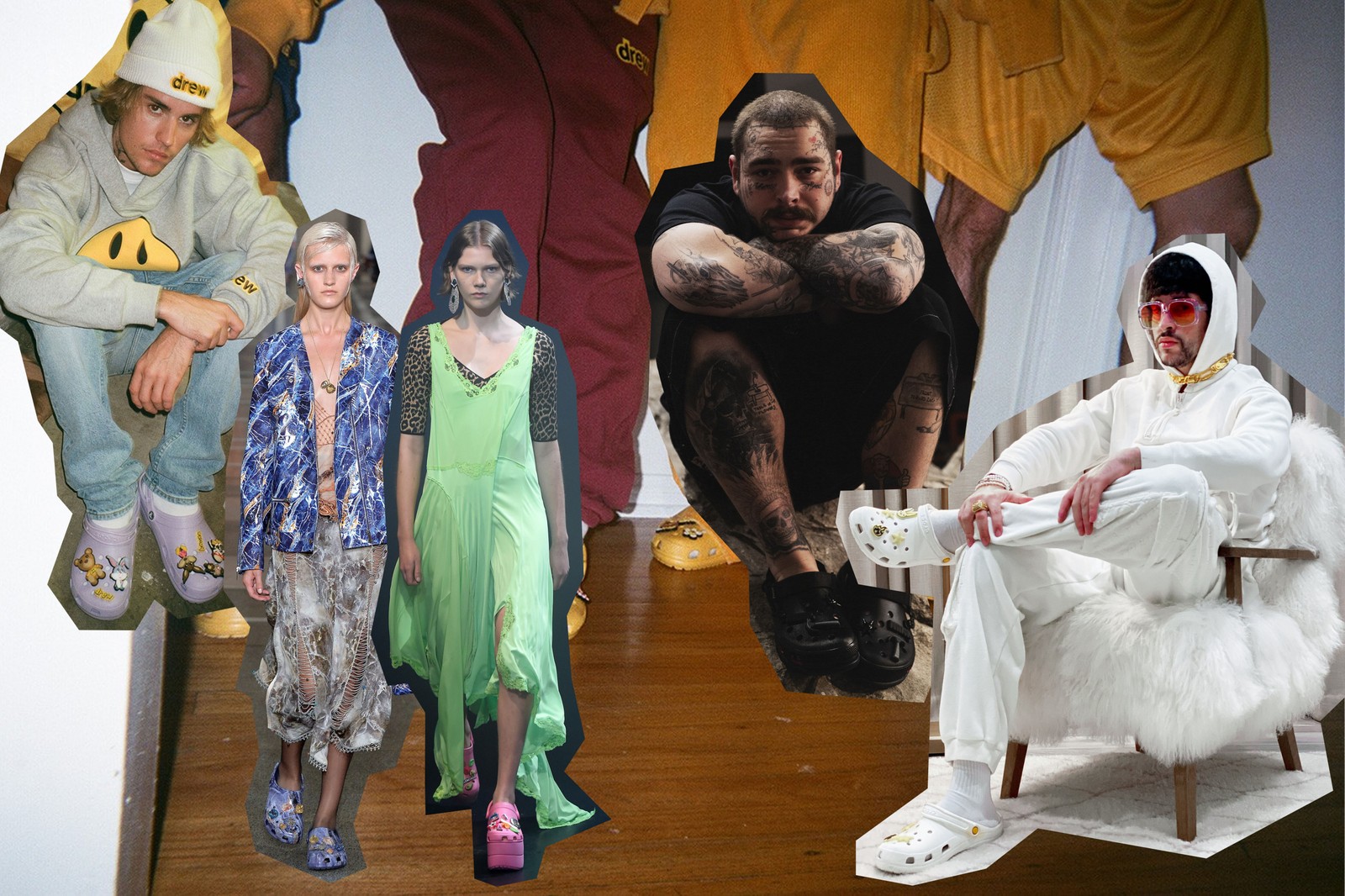Crocs are back in style. Well, they’re not “back” so much as they’ve had some excellent and timely rebranding. You’ll most likely remember crocs as the chunky, foam clogs that were often described as shoes for people who’ve given up on life. “The little holes are where your dignity seeps out.” Crocs have never enjoyed the regular trend cycle. They didn’t start out as edgy and daring, become mainstream and then get relegated to ridiculous before reemerging some 10 to 20 years later as the height of cool again. For the fashion and trend set, crocs were ugly from the get go. Even when Balenciaga released a platform version in 2018, it wasn’t that they were cool, but rather, they were a part of the brand’s fashion trolling and dedication to “bad taste”. It’s easy to see how the pandemic has changed everyone’s approach to clothing and footwear in general — function is fashion now, however, the crocs revival also reveals how social media has completely changed the way we perceive and interact with fashion trends. And is it possible this could be for the better? Social media has rightly been credited to contributing to the fast fashion crisis. When it took months to publish a fashion magazine editorial or the winter fashions premiered six months before they could be seen on a shop floor, the fashion trend cycle lasted 20 years. It may as well be 10 minutes now, thanks to the speed and immediacy of the internet. All you need is a handful of popular influencers to premier the hottest item — and then manufacturers can deliver that worldwide in less than 2 weeks — all this before you’ve seen the item at least 30 times in one day alone on your Instagram feed, and now perspex heels are officially dead even though they’ve only been around for a month; rinse and repeat.
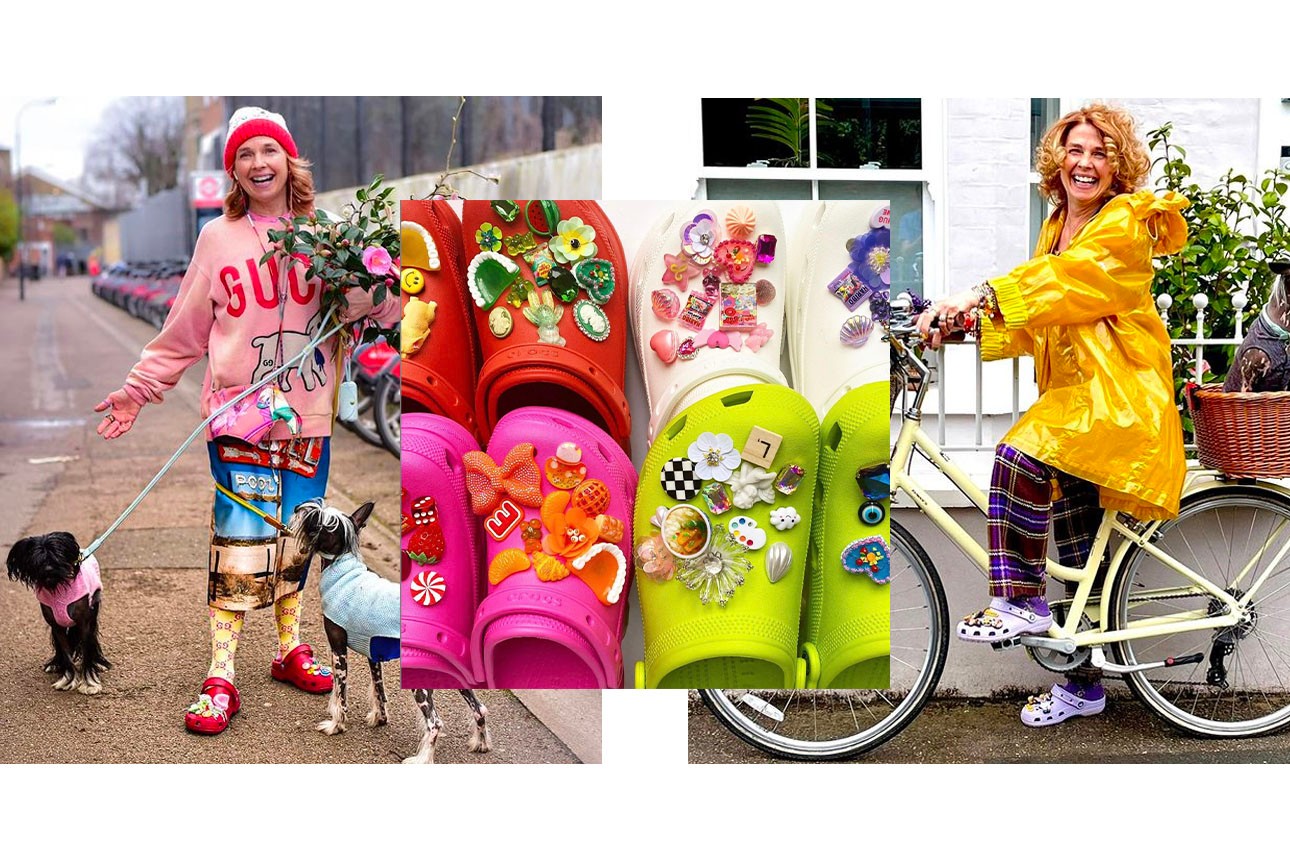
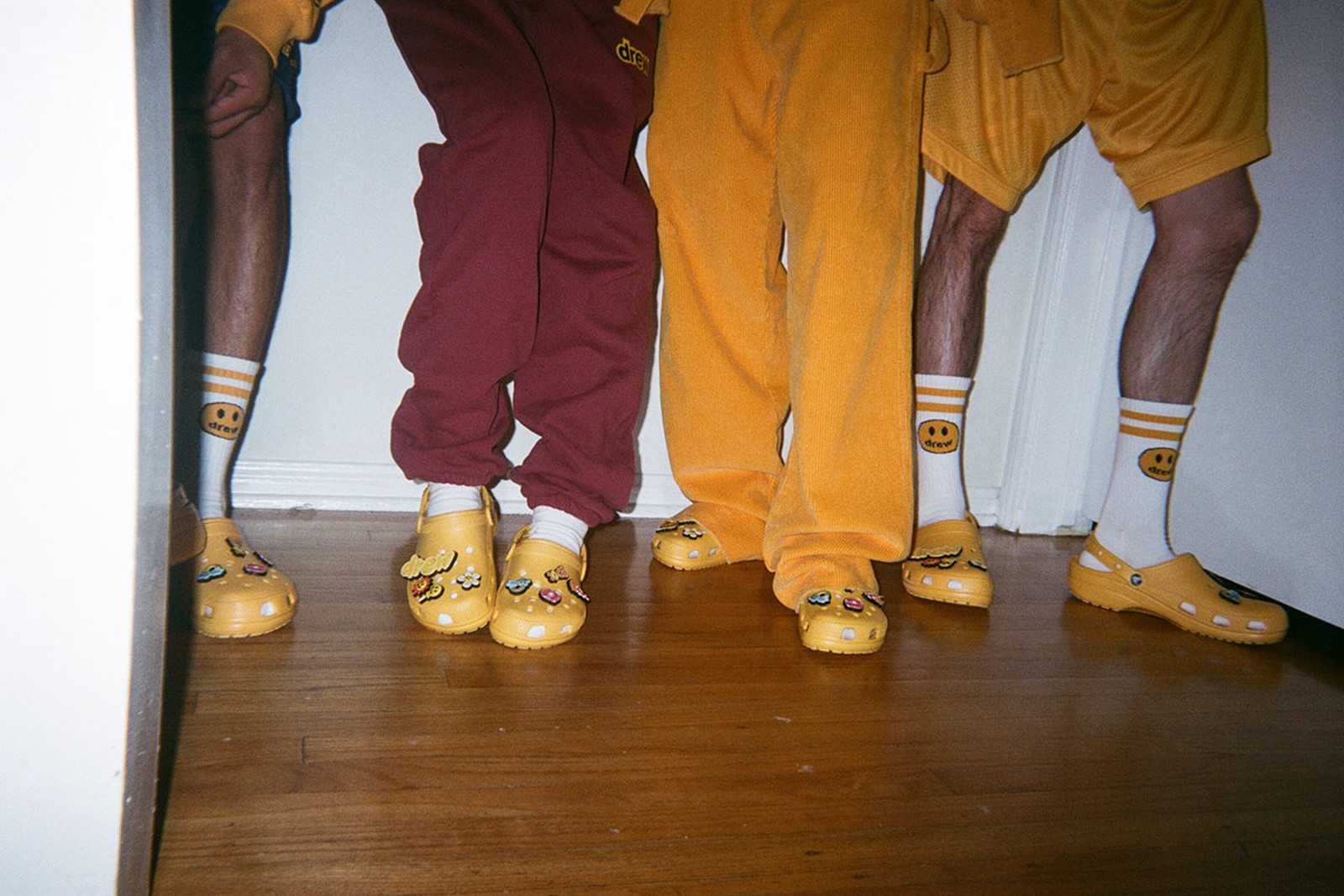
Social media has helped foster our culture of hyper-consumption and the trend cycle now works in the same reload time as your timeline. On the other hand, social media has also helped to foster the democratisation of fashion. There is no longer a singular fashion elite with the power to declare and enforce hemlines, silhouettes and even what is considered “beautiful” anymore. This power once belonged to the Vogues and Wintours of yesteryear, but now anyone with a phone camera can declare bell bottoms “in” or peasant blouses “out”. You can even see the decline in the power of traditional media live on social media, as American Vogue — once a beacon of the fashion world — is now continually trolled for lacklustre and out-of-touch magazine covers that are playing a losing game of catch up with Gen Zs. This power of the fashion elite also meant that for a long time, the public was only ever aware of one particular fashion dictum. One that was predominantly white, Euro-American and cis-heteronormative.
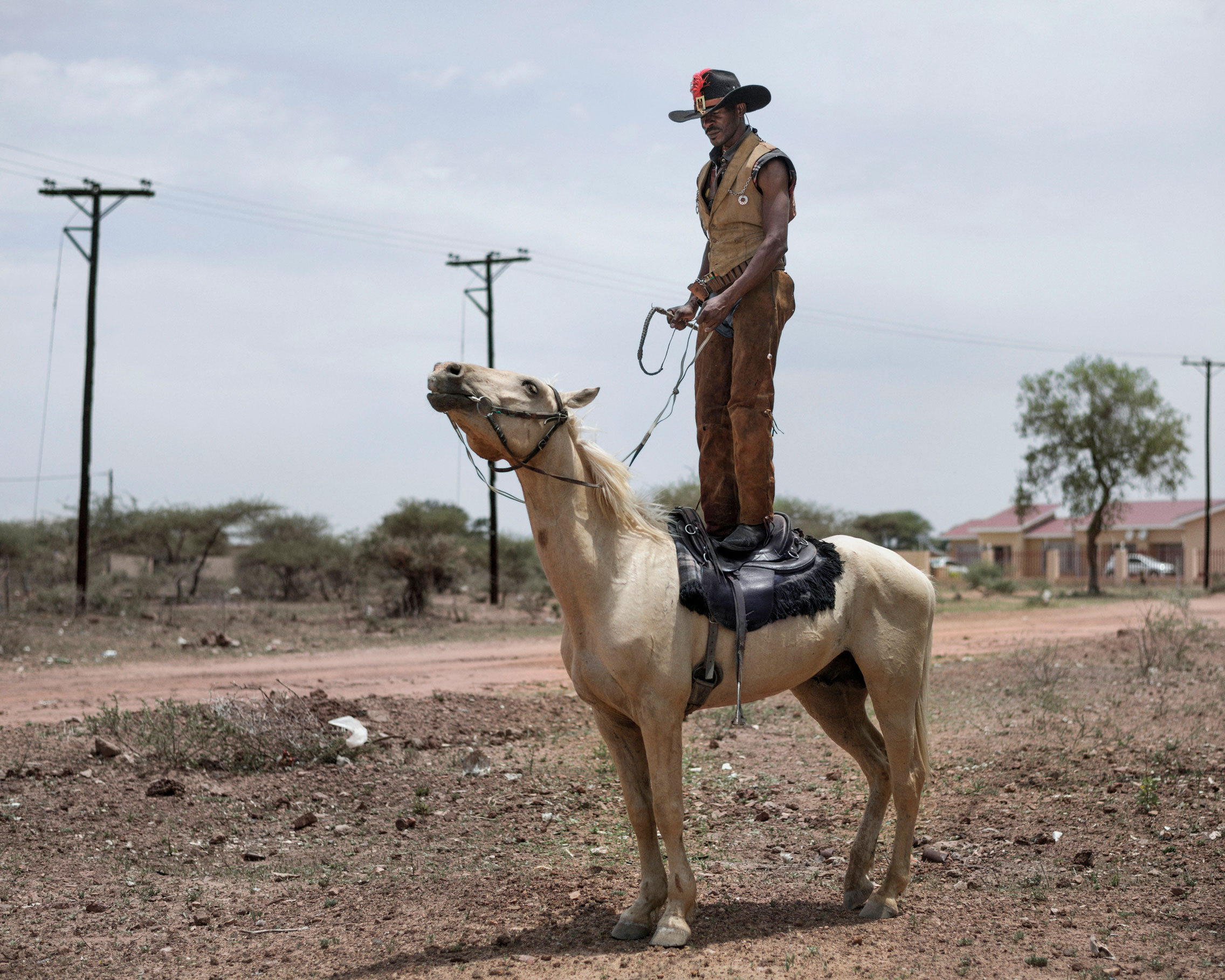
Photograph by Pep Bonet
This was the atmosphere that exoticised, bastardised and fetishised anything it considered “ethnic”. This atmosphere embedded exploitation and waste into the fashion system and this atmosphere didn’t allow for anything alternative, unless it could water it down for commodification — let’s think for a second of how punk went from working class and crafty to expensive and haute couture. In a world where communication travelled slower and only a few people were allowed to speak, it was rare that you would be aware of Motswana heavy metal cowboys, or say the Victorian Herero Namibian women and it was even rarer that these groups were special or valuable beyond their novelty. Now, you can see a cottage core on TikTok, find 60 years in emo-preppy outfits or join the anachronism of CosTube. Now, no-one has to rely on Paris or Milan fashion week when it’s far easier to find the street style of young people in Mexico City, Mumbai or Lagos on social media instead. Designers can look to Bulgarian lace-making techniques instead of relying on machinery and industrialisation, consumers can see the different effects of cotton farming in Ghana and the Ukraine and anyone can be beautiful and fashionable once they find their people.
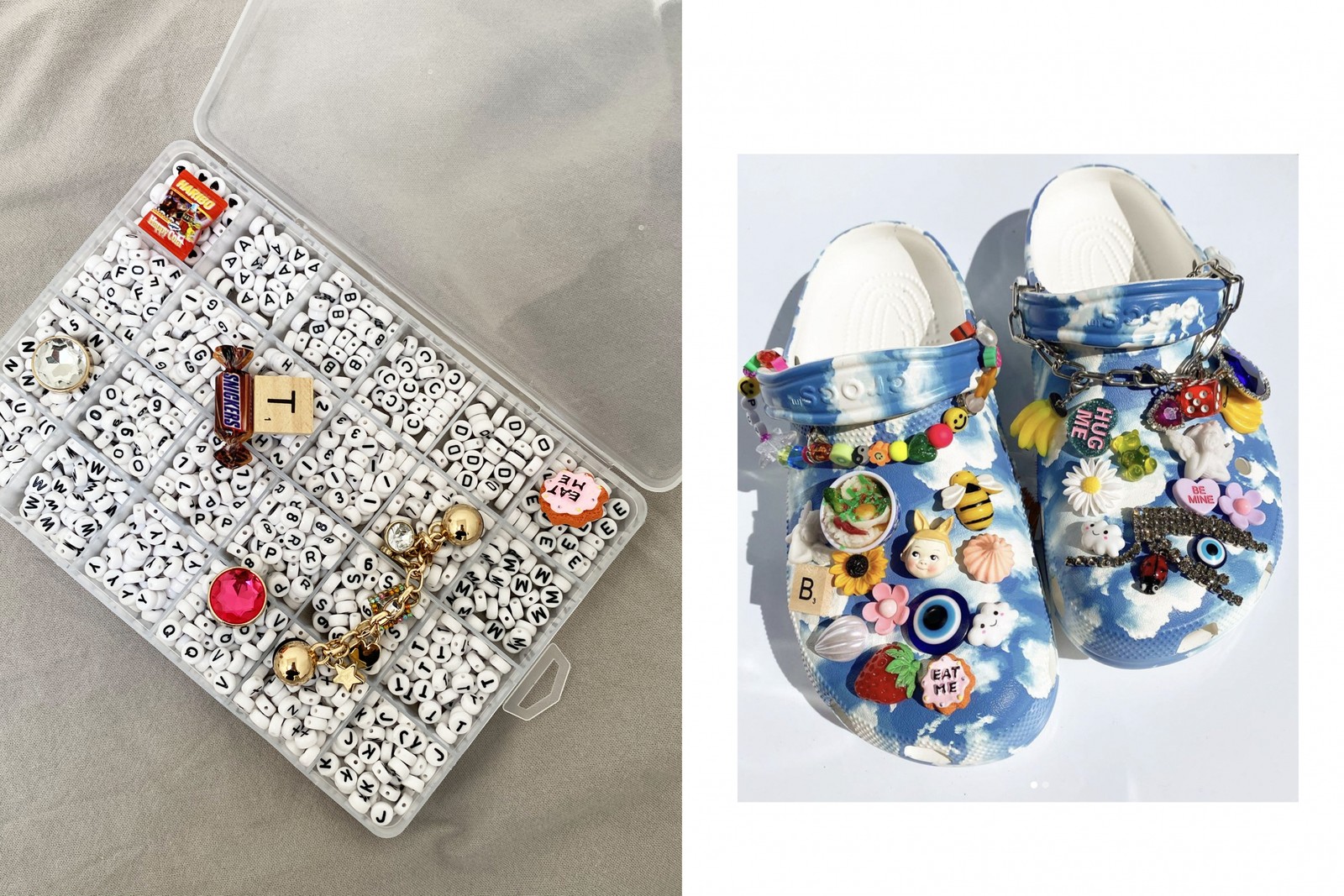
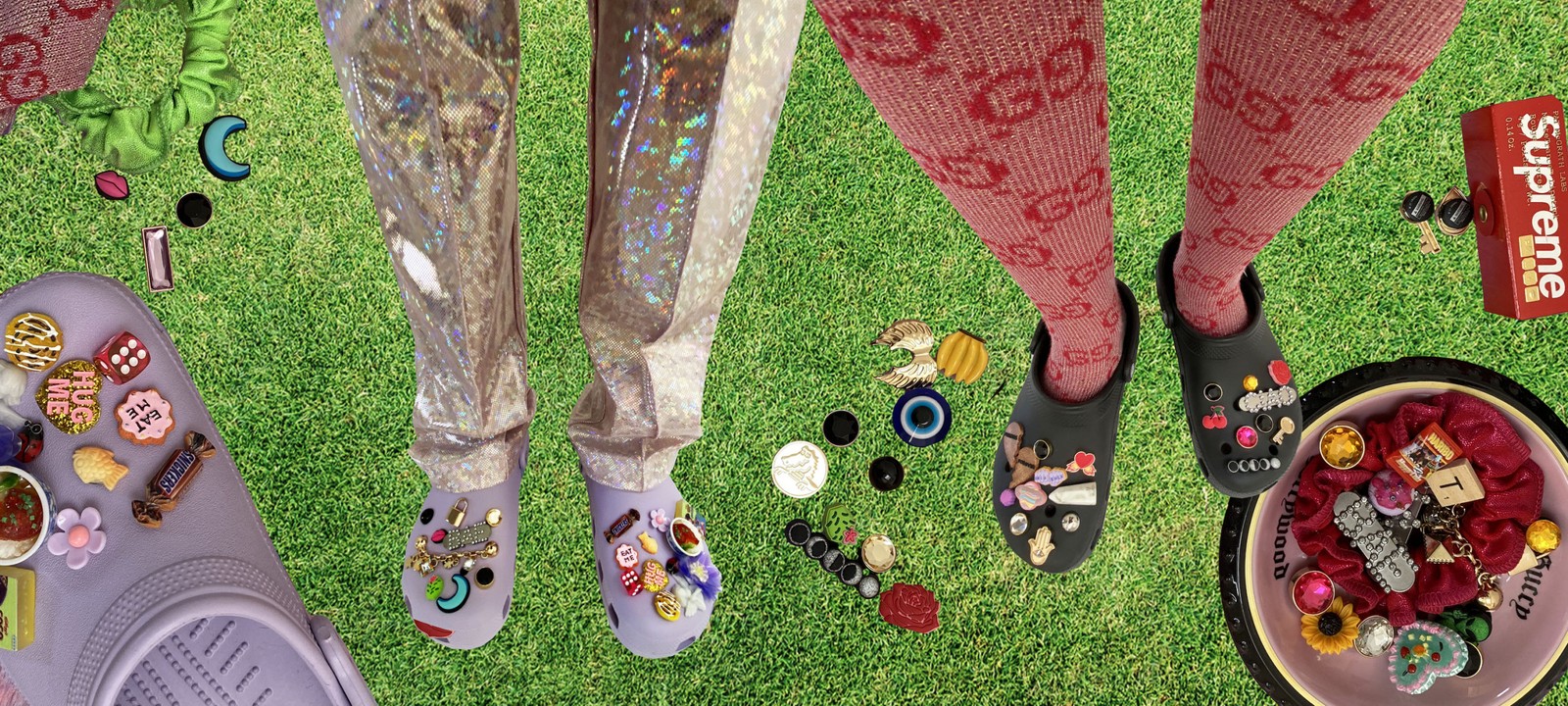
So crocs are back in style now. Part of this is thanks to the pandemic, which has caused so many consumers to prioritise comfort and ease over glamour and structure. The shift towards making fashion work for the wearer, instead of the other way around, had already begun before 2020 of course. Dad sneakers, athleisure tracksuits and the return of kitten heels all demonstrate this desire for relaxation, however, the pandemic put this desire into overdrive. Enter crocs; a shoe that was really mocked and cast aside because of its emphasis on practicality over aesthetic appeal. Add to that the fact that our ideas of “ugly” have changed so much thanks to social media and what was once defined as ridiculous — by a fashion elite who didn’t have to be on their feet all day long or live the reality of not being glamorous all the time — is now the height of cool in an almost rebellious way. There’s still much to be done about how social media itself can bastardise and commodify culture and trends. It still contributes to hyper-consumption, and our need to be “in” and “trendy”, however, all this said our relationship with social media can be utilised for the good of fashion and the people. We can expand our world-views, interrogate production and beauty standards and — maybe, just maybe — build something better.
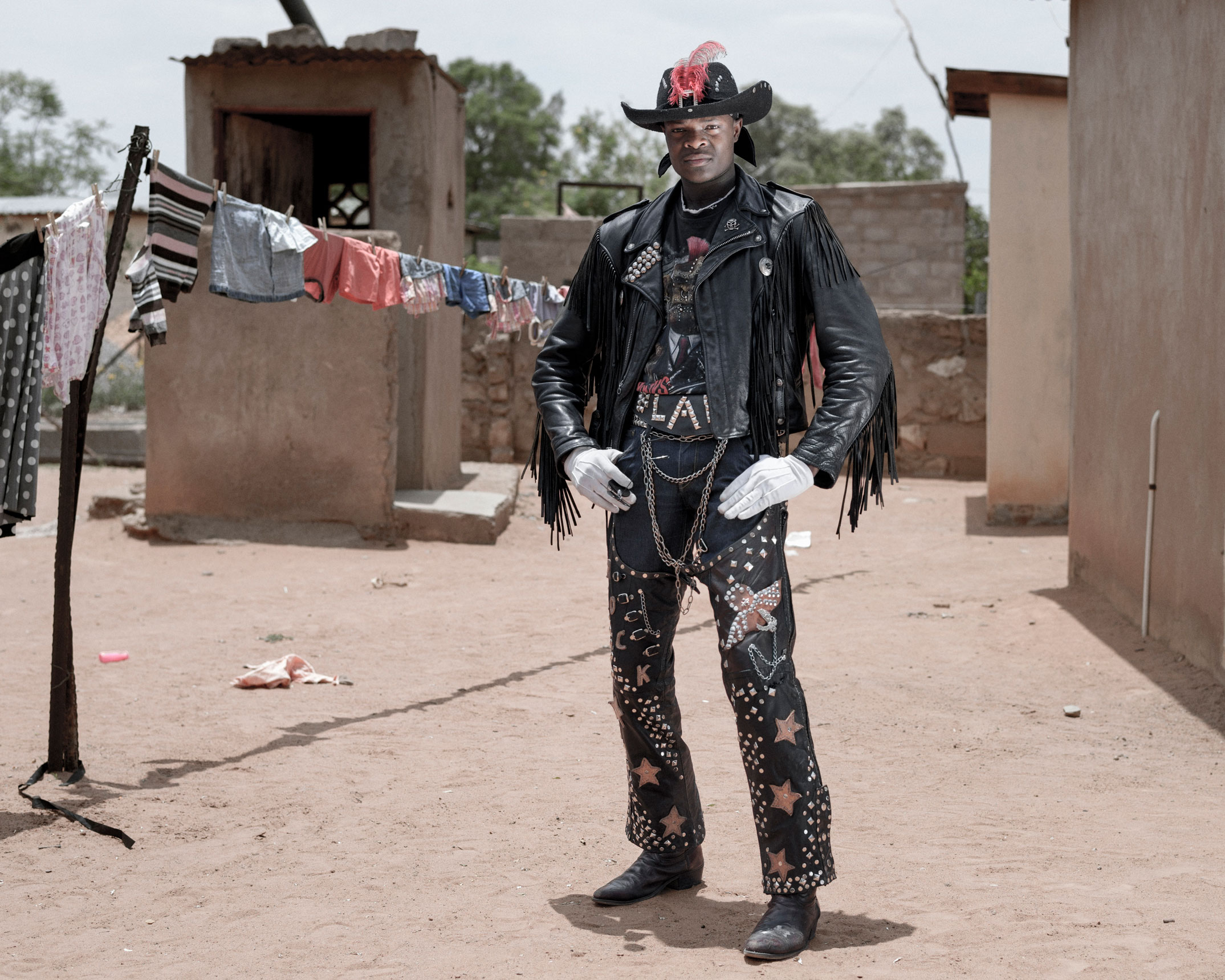
Photograph by Pep Bonet
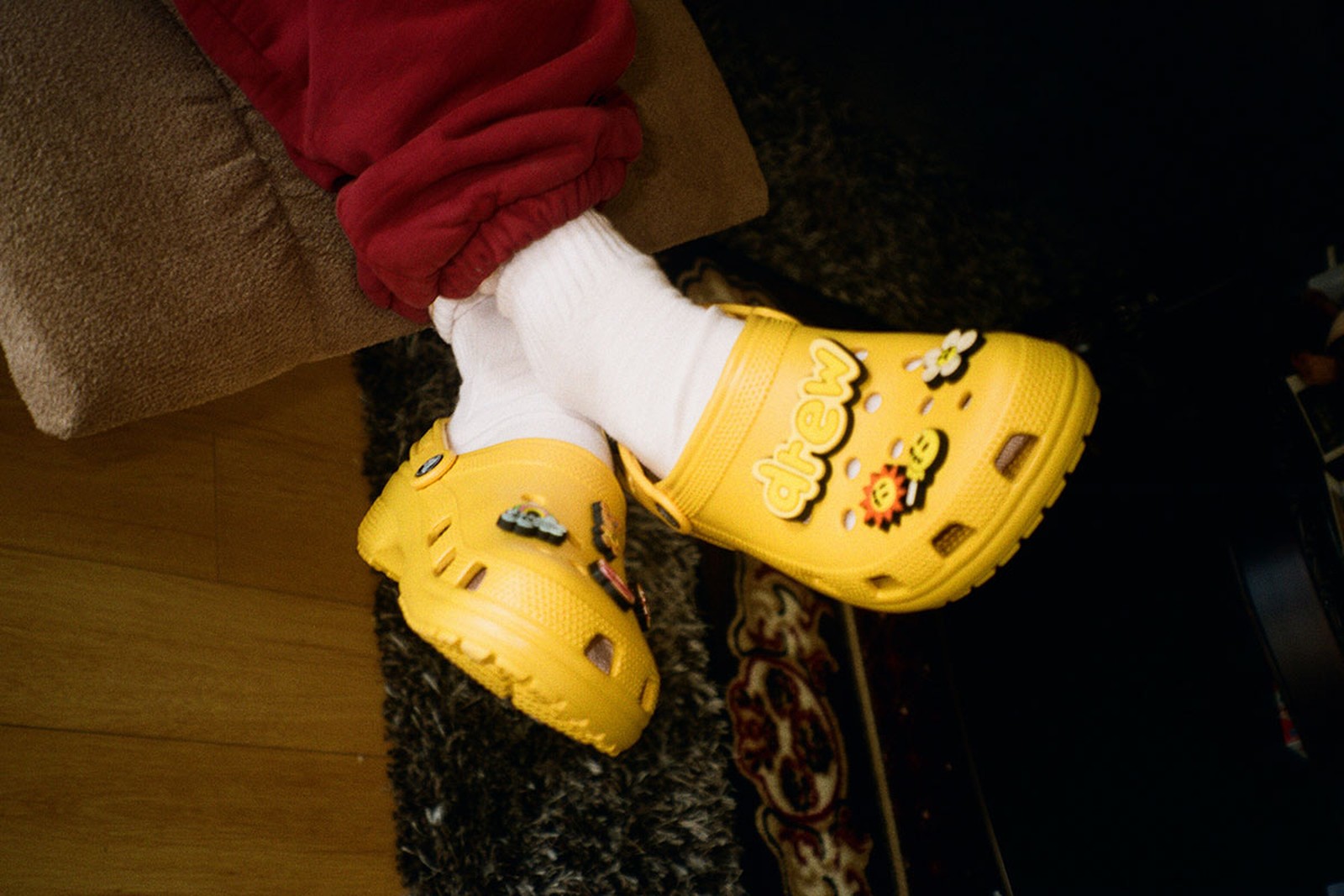
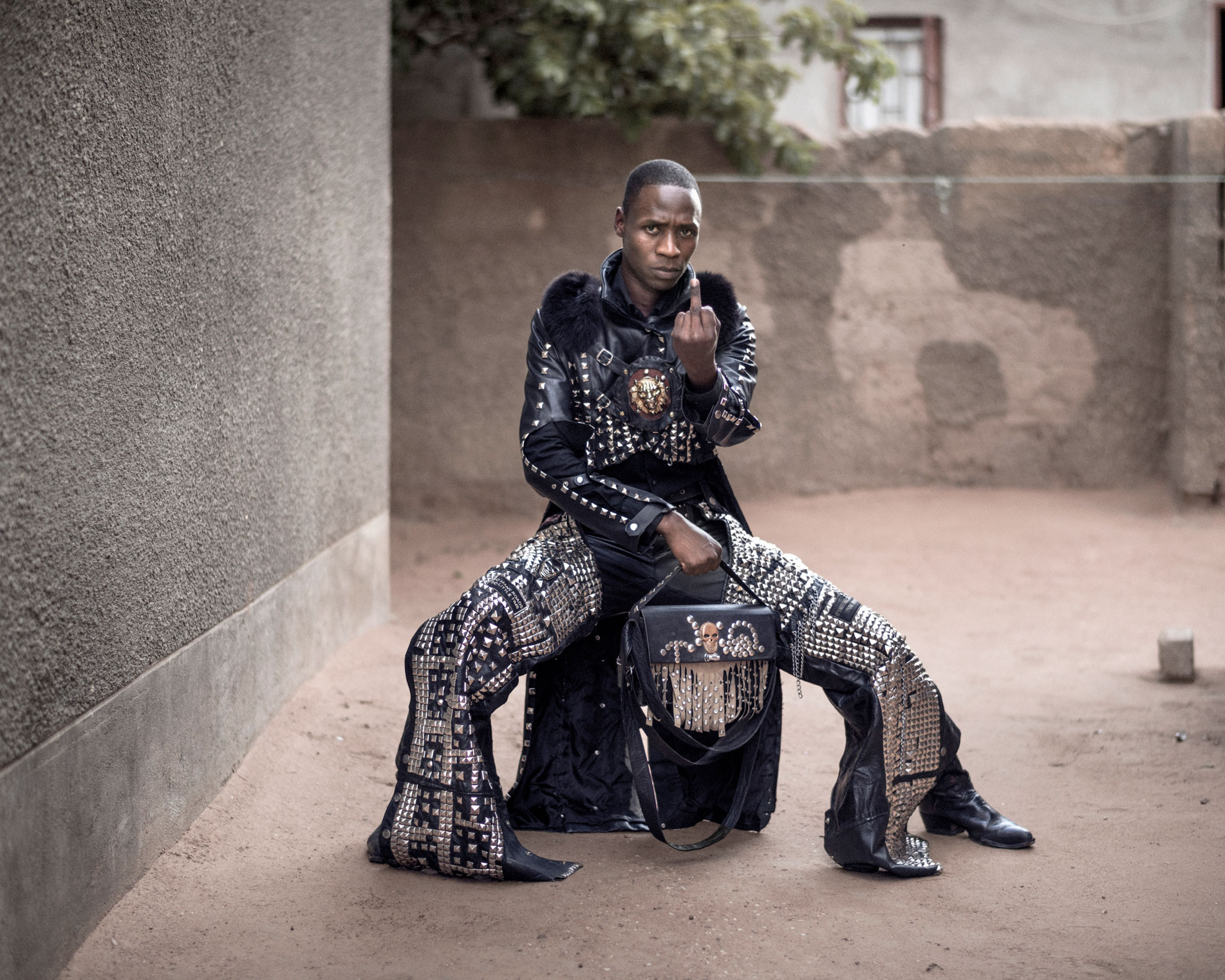
Photograph by Pep Bonet
